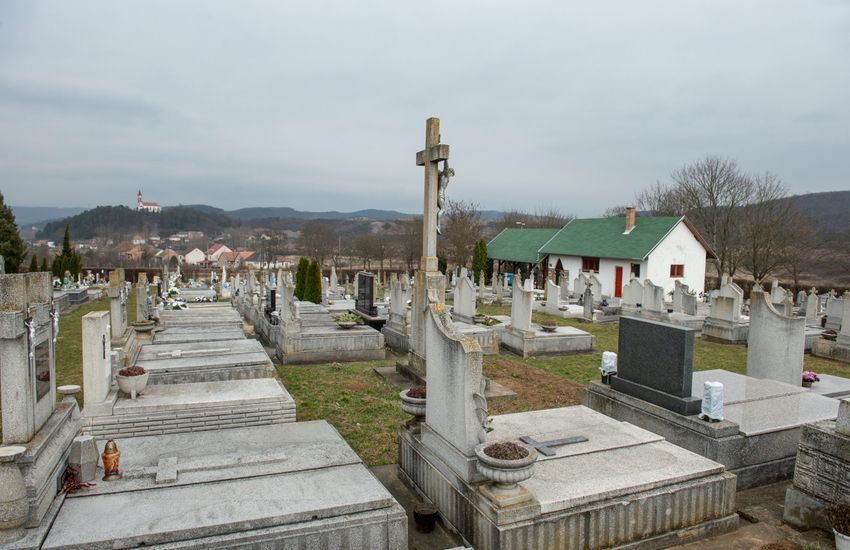The simple act of finding the burial site of a loved on in Hungary is often fraught with difficulty, according to a new report.
Hungarian daily Magyar Nemzet illustrated the lack of a complete – or often any – database of burials with anecdotal evidence.
The paper reported the story of an older man from Budapest who could not attend the burial of a relative in the countryside due to the Coronavirus restrictions, but decided to pay his respects later. He only knew that the grave he was looking for was somewhere in lot four of the cemetery in question. The caretaker, however, told him that unless he knew whether that was lot four of the old, new, or present cemetery, he could not help.
After a long manual search of the cemetery’s paper archives, the caretaker eventually did manage to find the grave in question. It was indeed in lot four, which in the “new” part of the cemetery is inexplicably located between lots seven and nine.
According to a study of the Hungarian Agrarian and Life Sciences University, the situation of cemeteries in Hungary is untenable, as it is a national concern that there is no accurate geometric survey, no proper computer map, and paper records are often completely opaque.
Retrieving even a single data point related to burials more often than not requires manual search of several disparate registries, some of which have gone missing over time.
When a cemetery is expanded and a new graveyard is established, inaccurate information is added to the new data. In addition, the 25 and 50-year grave rotations are difficult to follow, so burials on top of each other cause another administrative difficulty. Unlike the US, European nations often feature people burying loved ones on top of each other over time, and after a certain period, bodies are removed and buried deeper. In Germany, for instance, families usually lease a burial plot for 15 to 30 years, after which they must renew it. Authorities report that in most cases, the bodies have nearly or completely decomposed by the time a lease has run up.
The Hungarian university has proposed building a novel data model that would also help the work of doctors and historians, but the process is still long. The goal would be that, like modern cemeteries, the graves of a relative or a famous person could be searched on a computer at the entrance in every graveyard in the country.
Until this happens, however, Hungarians must keep personal records of the resting place of relatives to avoid problems that can arise in the country’s imperfect record-keeping system.
Title image: The cemetery of the Hungarian village of Újhartyán. (MTI/Péter Komka)






